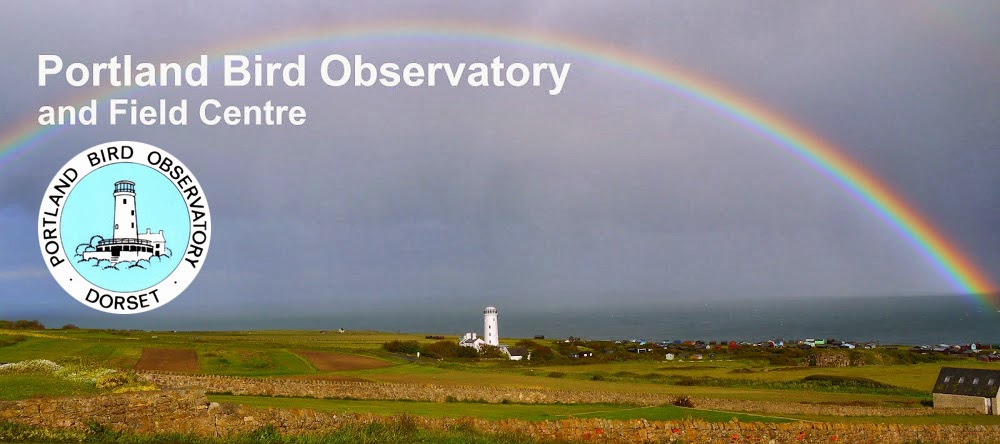For the most part it was back down to earth with a bump today with the migrant tap reduced to little more than a drip; however, the 2 Golden Orioles remained in Top Fields and a/the Hoopoe seen at the Bill in almost identically subliminal circumstances to yesterday did introduce some quality to proceedings. There were pockets of action on the migrant front - for instance, Pennsylvania Castle was described as laden with Willow Warblers - but in most areas exposed to the full force of the raw northerly it was almost lifeless in comparison with yesterday's excesses: among the new arrivals at the Bill only Redstart, Wheatear, Blackcap, Willow Warbler and Chiffchaff managed double figure totals on the ground, with 2 Black Redstarts and singles of Hobby, Turtle Dove, Firecrest (the long stayer resurfacing again) providing the only additional quality there; another Hobby also passed through at Blacknor.
Same time, same place, same circumstances as yesterday; it's hard to believe that the two Hoopoe sightings don't relate to the same individual but if that is the case then it's proving to be a remarkably elusive bird that vanishes into oblivion after flashing through the Crown Estate Field soon after dawn © Martin Cade:
Redstart and Chiffchaff at the Bill today © Simon Kidner:




















































